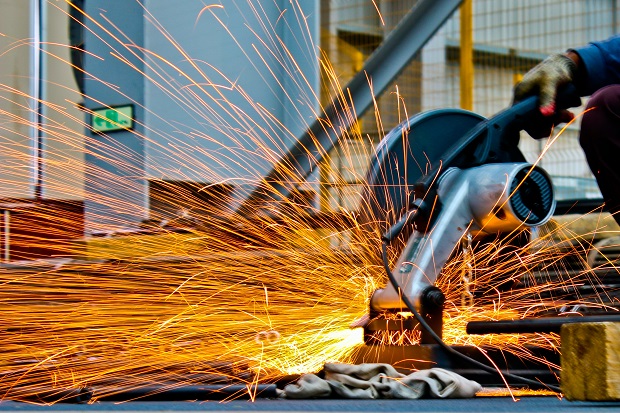

As storage and transportation of Green Hydrogen is an arduous task, in several cases, it is converted into Green Ammonia for storage and transport and later converted back into Green Hydrogen to use it. However, the latest study claimed that Green Ammonia could be used directly.
The researchers in the report claimed that iron-making is one of the country’s most significant causes of global warming. They contended that reducing iron ores with carbon generates around 7 percent of the worldwide carbon dioxide, one of the greenhouse gases. In addition, it leads to the production of approximately 1.85 billion tonnes of steel per year worldwide.
Usually, to decarbonize the sector, experts typically plan to use green hydrogen to decarbonize the sector by shunning fossil fuel dependency. However, the researchers claimed their study showed a novel approach to deploy renewable energy, mediated by green ammonia, for a disruptive technology transition towards sustainable iron marking. Furthermore, the researchers claimed that the performance of green ammonia in work was as efficient as green hydrogen besides the additional liberty of non-conversion of Green Ammonia into Green Hydrogen before the reaction.
“This advantage connects it with green iron, making for replacing fossil reductants. The authors show that the ammonia-based reduction of iron oxide proceeds through an autocatalytic reaction, is kinetically as effective as hydrogen-based direct reduction, yields the same metallization, and can be industrially realized with existing technologies. The produced iron/iron nitride mixture can be subsequently melted in an electric arc furnace (or co-charged into a converter) to adjust the chemical composition to the target steel grades,” the authors said.
Jaideep Saraswat, Senior Manager at Vasudha Foundation, a New Delhi-based think tank, said that Green Hydrogen had been touted as a solution for hard-to-abate sectors like iron and steel due to its virtue of acting as a reductant and as an energy source. “However, the storage and transport of hydrogen are still challenging. Using hydrogen carriers like ammonia is a solution if there is a possibility of circumventing reconversion to pure hydrogen for utilization in the steel sector. This research paper discusses the possibility of using ammonia directly as a reductant. The results obtained are encouraging,” he said.
India’s ethanol initiative has helped India save Rs. 1,26,210 crore in foreign exchange by reducing…
Noida-based green energy leader NexGen Energia Ltd has secured a $1 billion equity investment commitment…
As Odisha takes firm steps toward a just transition from fossil fuels to renewable energy,…
Bio-Integrated cladding for greener cities, an innovative solution by a 29-year-old Indian architect, has won…
In a novel move, Farmwatt Innovation has launched a long-term training and capacity-building initiative focused…
State owned Bharat Petroleum Corporation Ltd (BPCL) has joined hands with GPS Renewables Pvt Ltd…